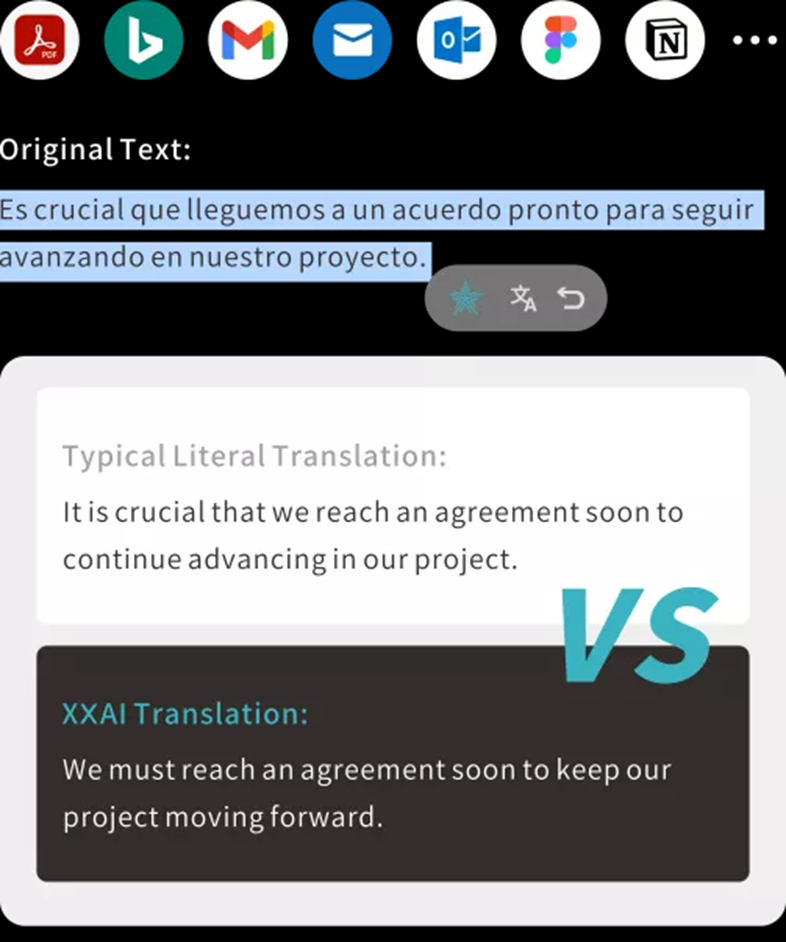The Power of AI in Education: How Teachers Can Leverage Technology for Effective Learning

Introduction
Artificial Intelligence (AI) is rapidly transforming various sectors, and education is no exception. As educators strive to create effective learning environments, AI provides innovative solutions that not only streamline classroom activities but also enhance the overall learning experience for students. In this blog, we will explore how teachers can harness AI tools to improve personalized learning, automate administrative tasks, and foster collaborative opportunities worldwide.

AI Applications in the Classroom
1. Personalized Learning
One of the most significant advantages of AI in education is its ability to facilitate personalized learning experiences. AI can analyze vast amounts of data regarding student learning styles, preferences, strengths, and weaknesses. This information enables teachers to tailor lessons that cater specifically to individual students, increasing engagement and improving learning outcomes.
For instance, AI-driven platforms can generate rich, dynamic content based on students' progress, enabling teachers to adapt their teaching strategies and resources on the fly. By creating distinct learning paths, educators can ensure each student receives the support they need to succeed.
2. Digital Lesson Generation
Generative AI is another powerful tool that helps teachers create a variety of educational materials effortlessly. Educators can generate quizzes, flashcards, and lesson plans based on online resources such as YouTube videos, blog posts, and educational websites.
For example, an AI tool can summarize long-format video content, allowing teachers to highlight essential points without spending hours taking notes. By simplifying content digestibility, teachers can create more engaging presentations and interactive lessons, fostering deeper understanding among students.
3. Automated Grading and Assessment
Grading can be one of the most time-consuming aspects of teaching. However, AI can automate various assessments, ensuring consistency and efficiency. With tools that evaluate student responses in real-time, educators can quickly gain insights into student performance while saving hours in grading time.
For instance, AI assessment tools can provide instant feedback on essays and math assignments, streamlining the evaluation process. This allows teachers to focus more on creating meaningful learning opportunities and less on administrative tasks.
4. Plagiarism Prevention
Academic integrity is crucial in the learning environment. AI tools can empower teachers to detect instances of plagiarism swiftly. By utilizing AI-powered plagiarism checkers, educators can ensure that students are producing original work and adhering to ethical standards.
These tools not only highlight copied content but also offer links to original sources, providing students with the opportunity to learn from their mistakes and improve their writing skills consequently.
Benefits of AI Beyond the Classroom
1. Time Savings
Lesson planning and other administrative tasks can consume a majority of a teacher's time. AI can significantly reduce this burden by automating repetitive tasks, allowing educators to allocate more time to teaching and engaging with students.
Tools like AI-assisted content creation can alleviate the pressure of planning lessons, managing class materials, and handling student inquiries, which can enhance overall teaching effectiveness.
2. Global Collaboration
In our increasingly interconnected world, AI paves the way for global collaboration among educators. AI technology facilitates communication across geographical boundaries, enabling teachers to share resources, strategies, and experiences effortlessly.
Platforms that utilize AI can break down language barriers, allowing educators to collaborate with peers from different parts of the world, enriching the educational experience for both teachers and students.

The Future of AI in Education
1. Intelligent Tutoring Systems
The future of education lies in Intelligent Tutoring Systems (ITS) powered by AI. These systems offer personalized support, allowing students to learn at their own pace while receiving real-time guidance from educators. Tools designed to assist with subjects like mathematics or science can save teachers time while providing detailed explanations and resources tailored to each student’s needs.
2. Enhanced Automated Grading Systems
Automated grading systems will only continue to evolve, making assessments even more efficient. By integrating AI into grading processes, teachers can receive immediate feedback on student submissions, allowing for quick adjustments in instruction based on student performance.
3. AI-Generated Lesson Planning
AI tools can further enhance lesson planning by offering innovative ideas and resources, helping teachers design more effective and engaging curricula. Educators will be able to save time and devote more energy to the interpersonal aspects of teaching, nurturing their students' learning experiences.
Ethical Use of AI in Education
As AI becomes more prevalent in education, it is essential for educators to guide students in ethical AI use.
1. Accountability
Educators must take responsibility for the outcomes of AI systems in their classrooms. Tracking outputs back to their original data sources ensures a transparent process and mitigates the risks of biased AI outcomes.
2. Human Control
Maintaining human oversight over AI applications is crucial. Teachers should retain authority in AI implementation, guiding students on how to use these systems adequately and effectively.
3. Fairness and Non-Bias
Educators must address any biases that may exist in AI systems, reflecting on the training data used. Utilizing detection tools can help ensure equitable treatment for all students, promoting a fair learning environment.
Getting Started with XXAI
XXAI is an innovative tool designed to help educators streamline their workloads and enhance classroom efficiency. With a range of features, including essay checkers and automated grading, XXAI helps teachers improve their productivity both inside and outside the classroom. By leveraging XXAI, teachers can focus more on student engagement and less on administrative challenges.
(https://youtu.be/a0AzNiIEEhc)
Conclusion
AI is fundamentally transforming the educational landscape, offering tools that personalize learning, automate grading, and streamline teachers' workloads. As this technology continues to evolve, it presents limitless opportunities for enhancing education. By embracing AI tools, educators can provide effective and outcome-based learning experiences while maximizing their time and efficiencies.
FAQs
**Q: How can teachers use AI in the classroom?**
A: Teachers can use AI to streamline various tasks such as automating grading, managing administrative work, and supporting personalized learning experiences.
**Q: Is AI safe for students?**
A: When utilized responsibly, AI can create a safe and productive learning environment for students, although valid concerns regarding privacy must be addressed.
**Q: How can students use AI ethically in the classroom?**
A: Teachers and students should collaborate to develop AI literacy, focusing on responsible use and understanding the implications of AI on education.
By leveraging these insights and tools, educators can ensure they are well-equipped to navigate the exciting era of AI-driven education.